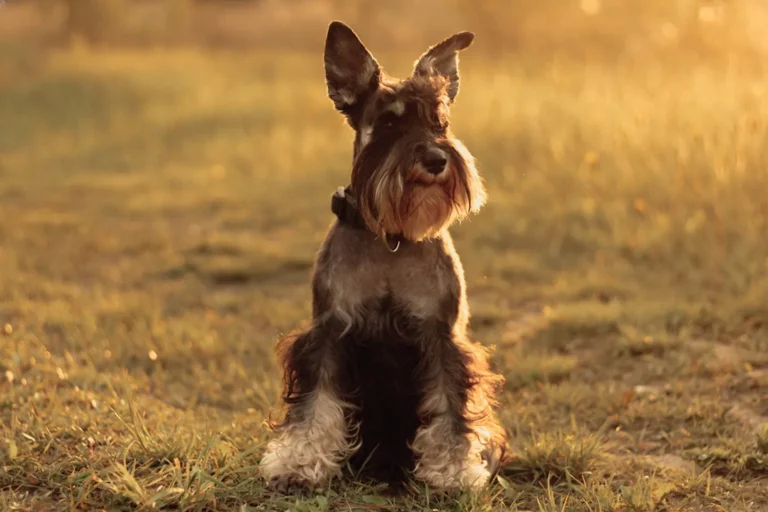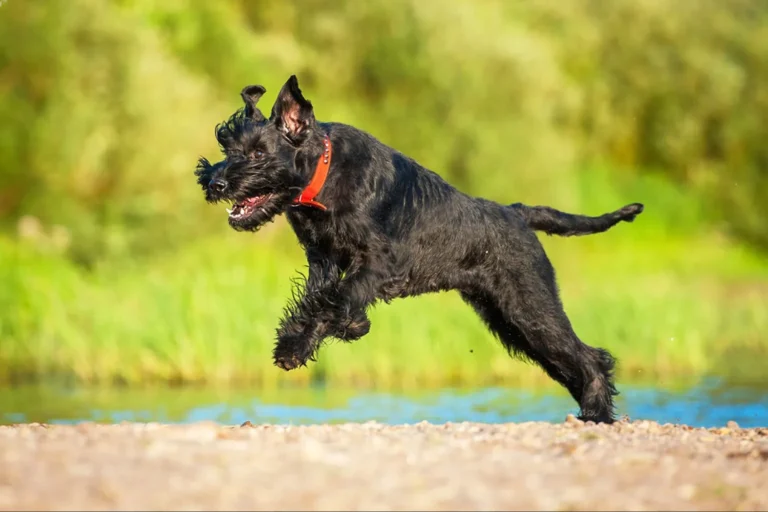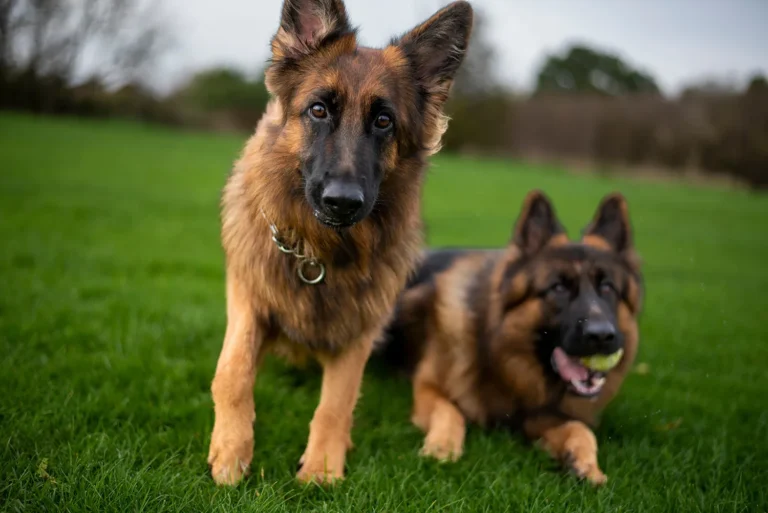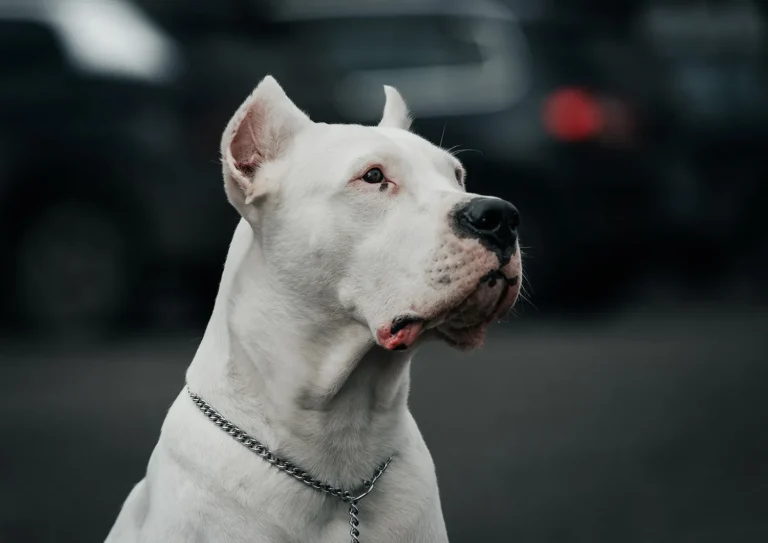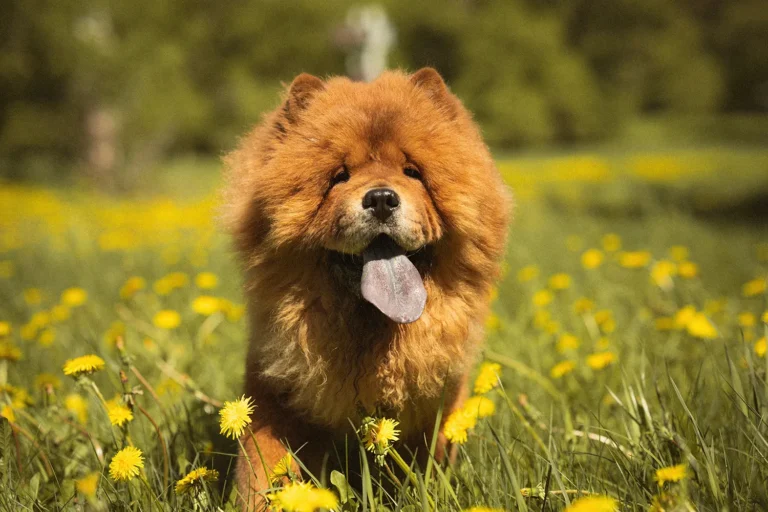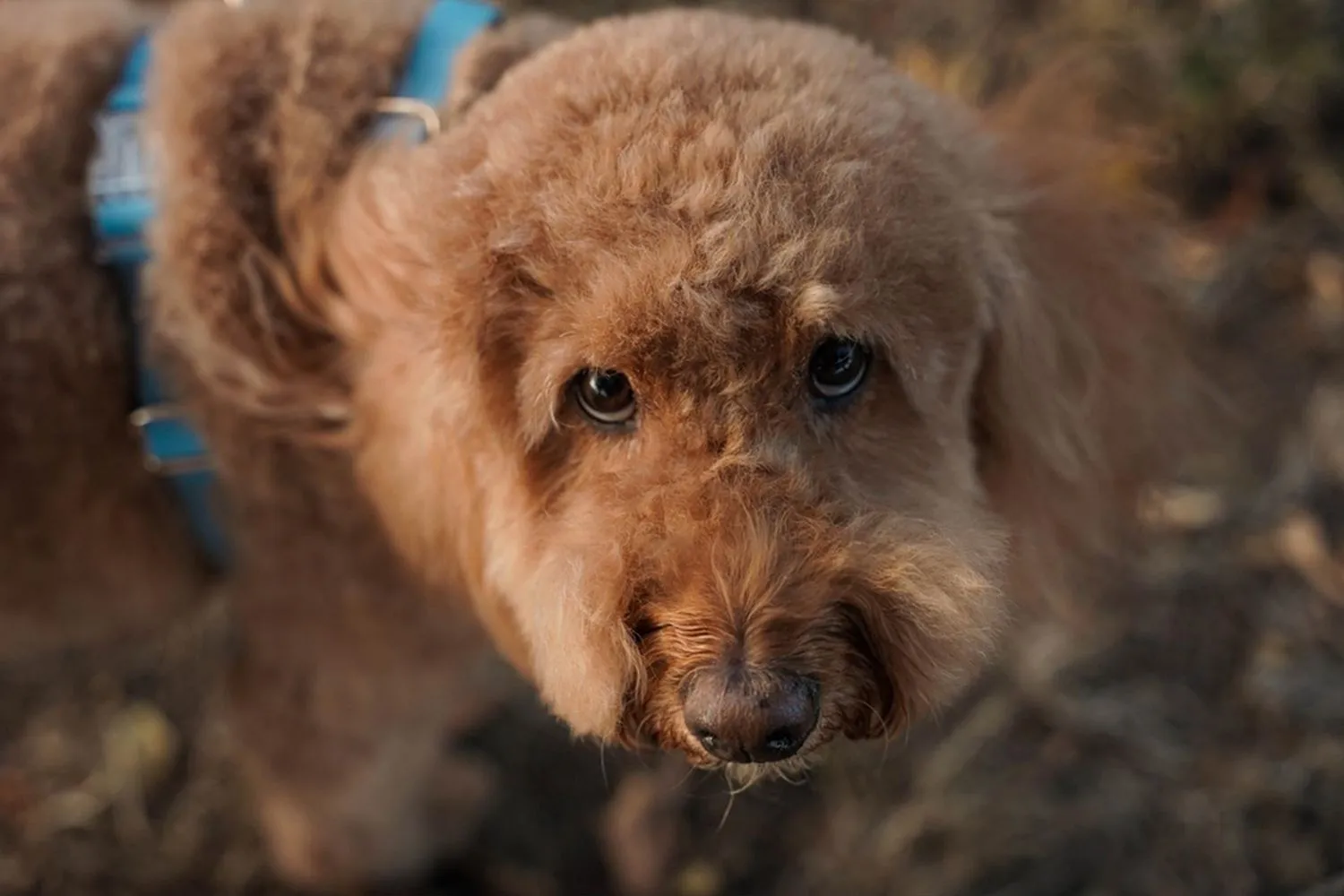
Choosing family pets can feel surprisingly tricky trust me, I’ve stared at far too many sweet puppy faces and second guessed everything. If you’ve decided a puppy fits your lifestyle, the next big step is choosing the right breed to match your home, routine, and expectations. That choice matters more than most people think; a puppy’s breed can hint at energy level, grooming needs, trainability, and even how loud your evenings might be.
Think about your day to day. Do you want a jogging buddy or a couch companion? How much space do you have, and how much shedding can you handle? I once dogsat a brilliant Border Collie and realized in 24 hours that brains plus boundless energy equals lots of structured play. Meet a few breeds in person, chat with responsible breeders or rescues, and ask about health testing and temperament. If you have kids or other pets, set up calm meet and greets. I like to make a simple checklist exercise, size, grooming, noise, budget and rank what matters most. The right breed won’t make puppyhood easy, but it will make it a whole lot happier.
What is the history and origin of the Mini Goldendoodle?
Goldendoodles first popped up in the 1990s, when breeders began pairing the friendly, eager to please Golden Retriever with the clever, low shedding Poodle to create an affectionate family companion. As the idea caught on, they were bred in several sizes to fit different homes and lifestyles: the big, teddy bear like Standard, the in between Medium, and the pint sized but spirited Mini. I remember hearing about them for the first time from a neighbor who brought home a mini named Waffles she could curl up on a city sofa like a cat but had that classic retriever joy when you pulled out a tennis ball.
The Mini Goldendoodle typically comes from a Golden Retriever crossed with a Miniature (or sometimes Toy) Poodle, which trims down the size but keeps the cheerful, social personality. Minis can vary quite a bit some stay truly small and portable, others end up closer to a medium so it’s always smart to ask a breeder about the parents’ sizes and meet them if you can. I once met a mini at a Saturday farmers market who fit neatly in her owner’s tote bag, then later ran zoomies around the dog park like a little rocket. That’s the charm: small in stature, big in spirit.
Because Goldendoodles are a designer crossbreed, neither the American Kennel Club nor the British Kennel Club recognizes them as a distinct breed. That doesn’t make them any less wonderful it just means you won’t see them in traditional conformation shows. They can still excel in obedience, agility, and therapy work. If you’re considering a mini, focus less on “papers” and more on responsible breeding: health testing, temperament, and transparency. And if your heart’s set on that doodle personality, don’t overlook rescues; a friend of mine adopted a mini doodle mix who now volunteers as a reading buddy at our local library.
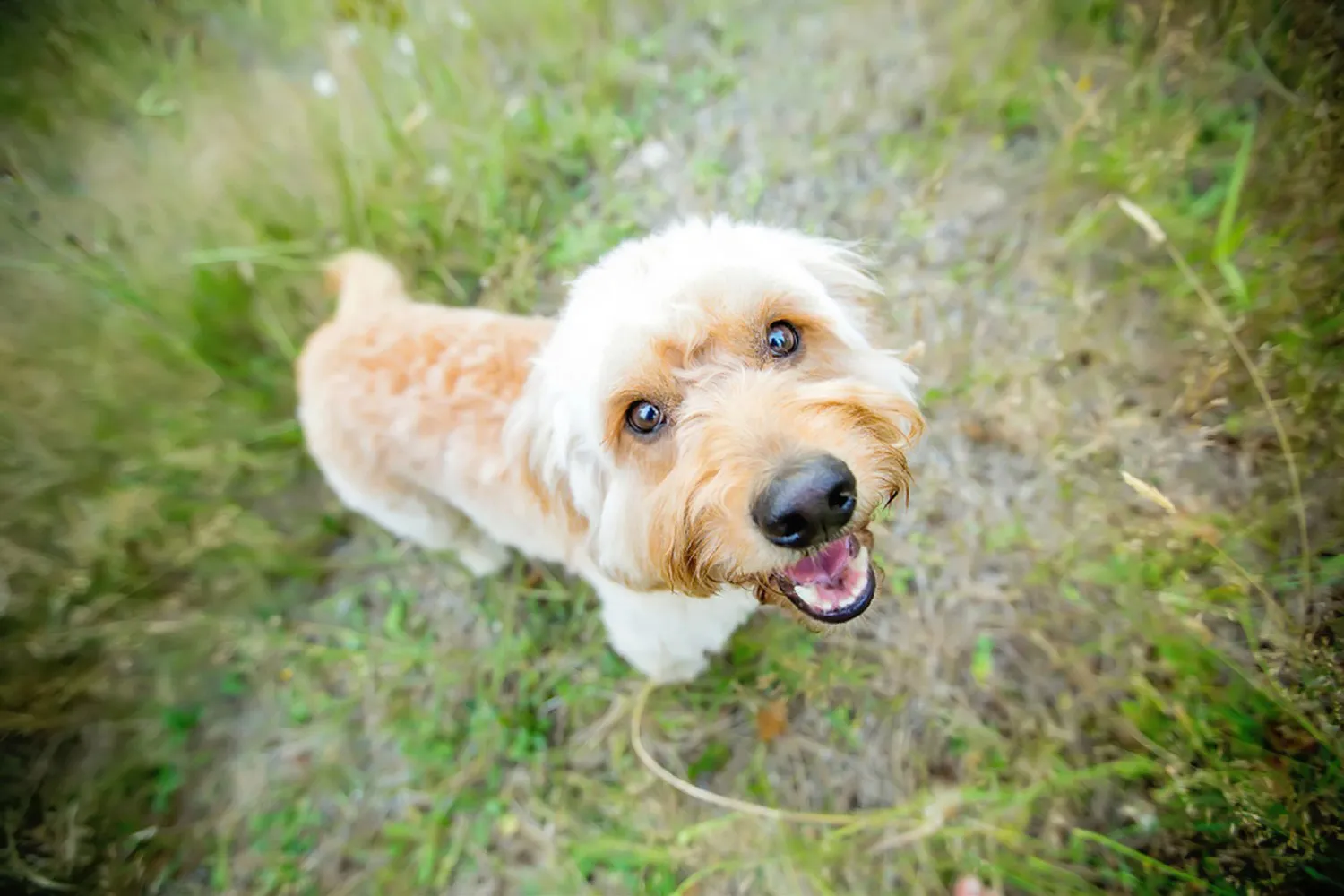
What Is a Mini Goldendoodle?
A Mini Goldendoodle is a smaller take on the beloved Goldendoodle mix pairing the gentle, people loving Golden Retriever with a Miniature or Toy Poodle. You get a compact companion with a big heart: friendly, affectionate, and impressively smart. The first time I dog sat a Mini Goldendoodle, he figured out “sit” before I finished my coffee and then insisted on practicing for more treats. That’s the kind of eager to please attitude these little doodles are known for, which makes them a joy to train and easy to live with.
Their coats are part of the charm. You’ll see a range of beautiful colors cream, apricot, brown, even black and those soft, curly or wavy coats give them that plush, teddy bear look. Just know that fluff comes with responsibility: regular brushing keeps tangles at bay, and a routine grooming schedule is your best friend. After bath time, mine would zoom around like a tiny mop with legs, then curl up like a cotton ball on the couch. Many Minis are low shedding, but it isn’t guaranteed, so be prepared for some grooming regardless.
Because they’re smaller than standard Goldendoodles, Minis fit well in apartments and make easy travel buddies, but they still need daily exercise and mental games think brisk walks, fetch in the yard, and puzzle toys. They’re typically social with kids and other pets, especially with early, positive socialization. If you’re meeting a puppy, ask about the parents’ temperaments and coat types, and plan for short, fun training sessions these dogs thrive on praise and consistency. At the end of the day, a Mini Goldendoodle mostly wants to be where you are, preferably with their head on your knee and their tail thumping like a metronome.
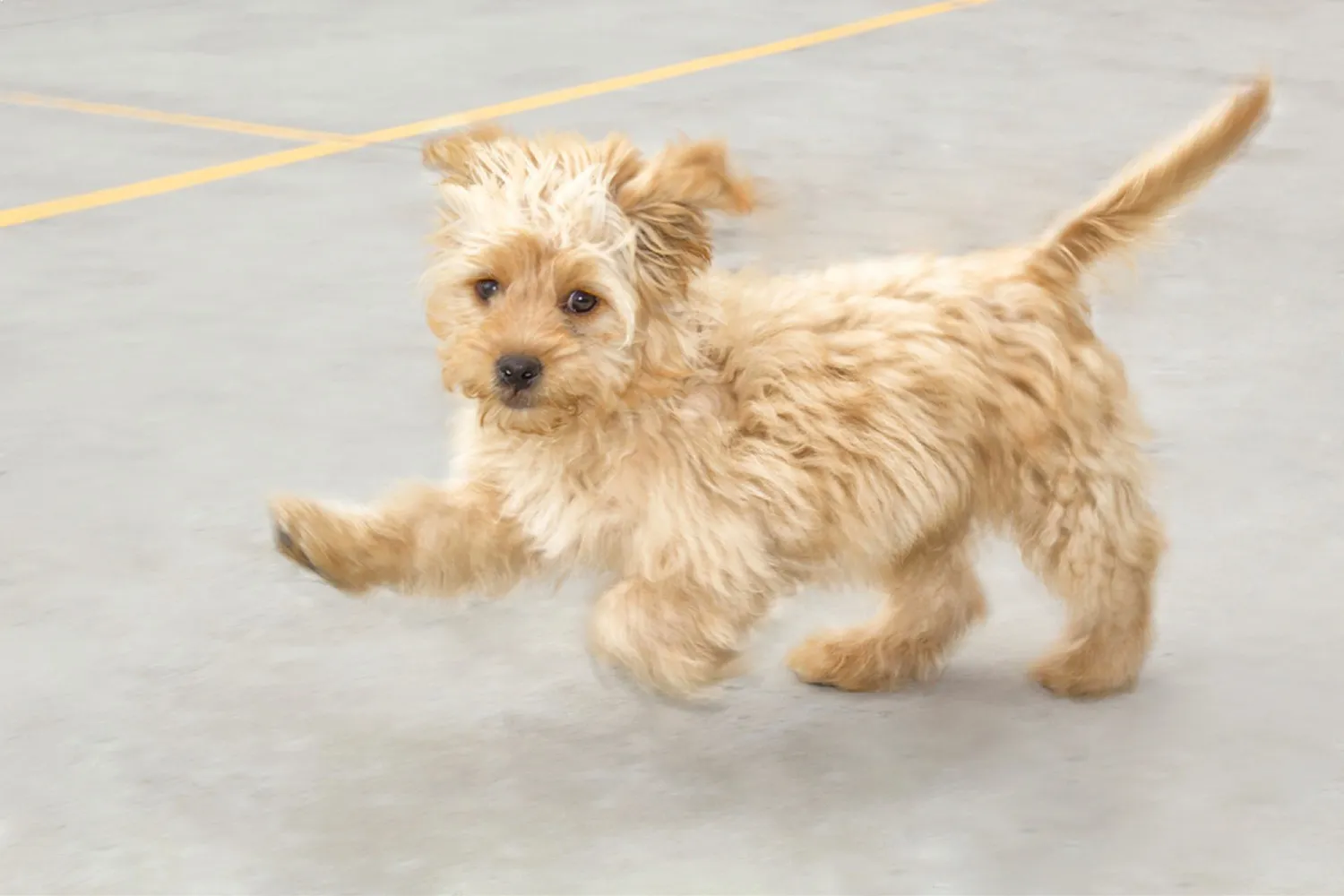
Who Is a Mini Goldendoodle Best For?
If you love a dog who wants to be part of everything you do, a Mini Goldendoodle can be a perfect match. They’re lively without being over the top, which makes them fantastic companions for active families. Think weekend walks, backyard fetch, and the occasional hiking trail then home for a cuddle on the couch. I used to dog sit a Mini Goldendoodle named Waffles who would sprint around the park for 20 minutes and then curl up at my feet while I answered emails. That balance is classic Mini Goldendoodle.
They’re also wonderfully gentle, which is why they fit so well with seniors or anyone craving a sweet, steady companion. A neighbor of mine adopted one after retirement, and the two of them have a daily routine: a slow morning stroll, a snooze by the window, and a few short play breaks. The smaller size makes them easier to handle, but they still bring plenty of love and personality.
If you’ve got other pets, Mini Goldendoodles tend to blend right in especially when socialized early. I introduced a young Mini to my cat with short, calm meetings and lots of treats; by week two, they were sharing sunspots like old friends. For best results, start puppy classes, arrange friendly playdates, and give them a mix of exercise and brain games. Whether you live in a house with a yard or an apartment with nearby parks, a Mini Goldendoodle thrives with regular outings, kind guidance, and a family who enjoys having a cheerful shadow by their side.
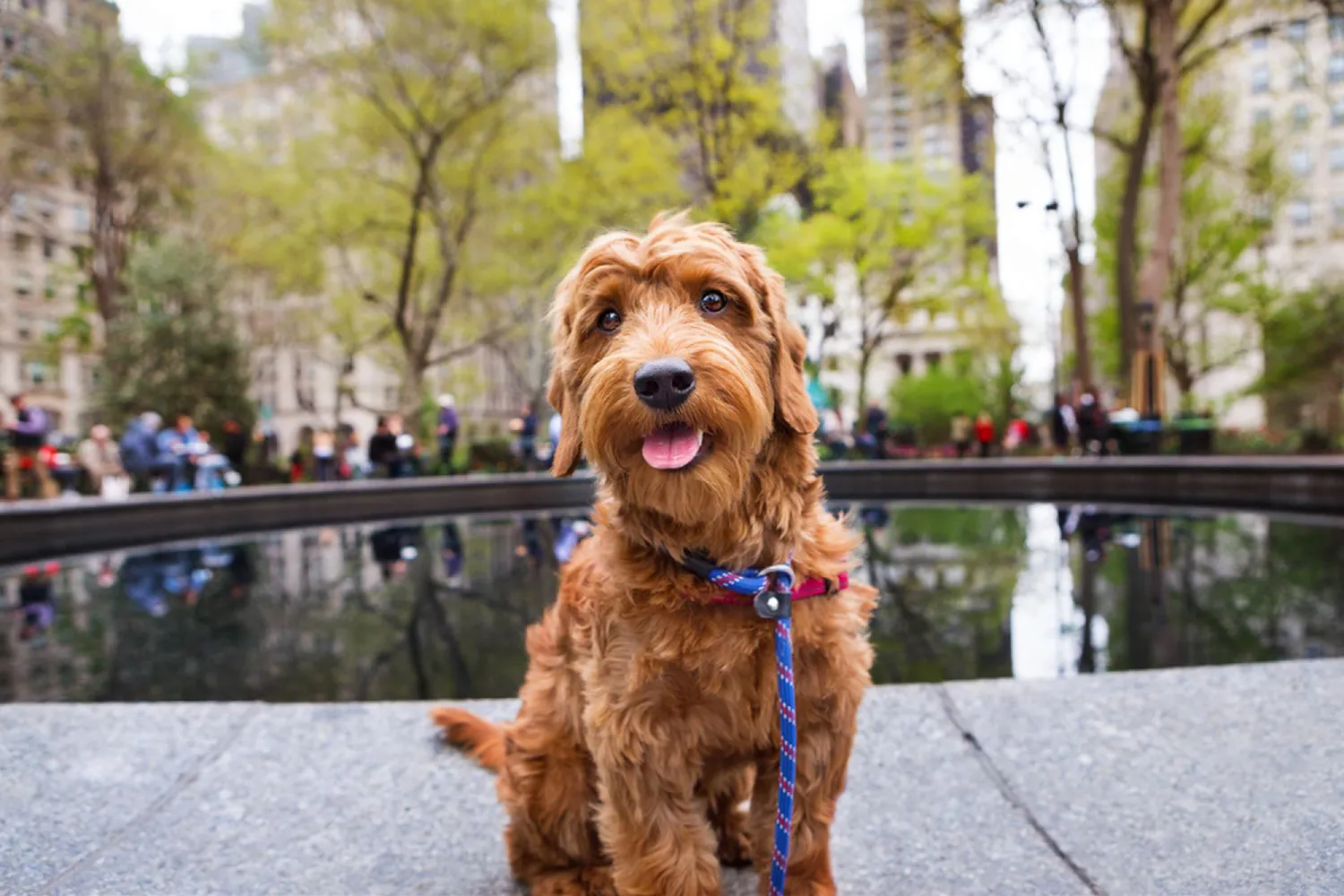
Mini Goldendoodle Grooming and Shedding
Miniature Goldendoodles have those soft curls that make them look like plush toys and those same curls need regular care to stay tangle free. Most Minis are low shedding compared to many breeds, but they’re not truly non shedding. You’ll still see a little fluff on your brush or around the house, especially if your dog has a looser, wavy coat. I remember meeting a tiny doodle named Peanut at the beach; he looked like a teddy bear, but a week of sand and salt left surprise mats behind his ears and under his collar.
How often you brush depends on the coat length. If you keep the coat short, brushing once or twice a week usually does the trick to clear dirt and prevent tangles. If you prefer a longer, fluffy look, plan on daily brushing to avoid mats. A slicker brush followed by a metal comb is my go to combo. I “line brush” in small sections all the way to the skin and do a quick check in the mat prone zones: behind the ears, armpits, around the tail, and where the harness rubs. A light spritz of detangling spray can save you from a lot of tugging learned that after my doodle’s first “felted armpits” episode.
Baths can be as frequent as once a week or just whenever your pup gets stinky or muddy. Brush before bathing so tangles don’t tighten, and dry thoroughly afterward; damp curls invite mats. Keep ears dry and clean, trim nails regularly, and give teeth a quick brush a few times a week.
For many Minis, a professional groom every 6-8 weeks keeps things manageable. I tell my groomer if I want a tidy, low maintenance trim or that classic teddy bear look. Either way, good brushing at home keeps shedding minimal and your Goldendoodle comfy and cute.
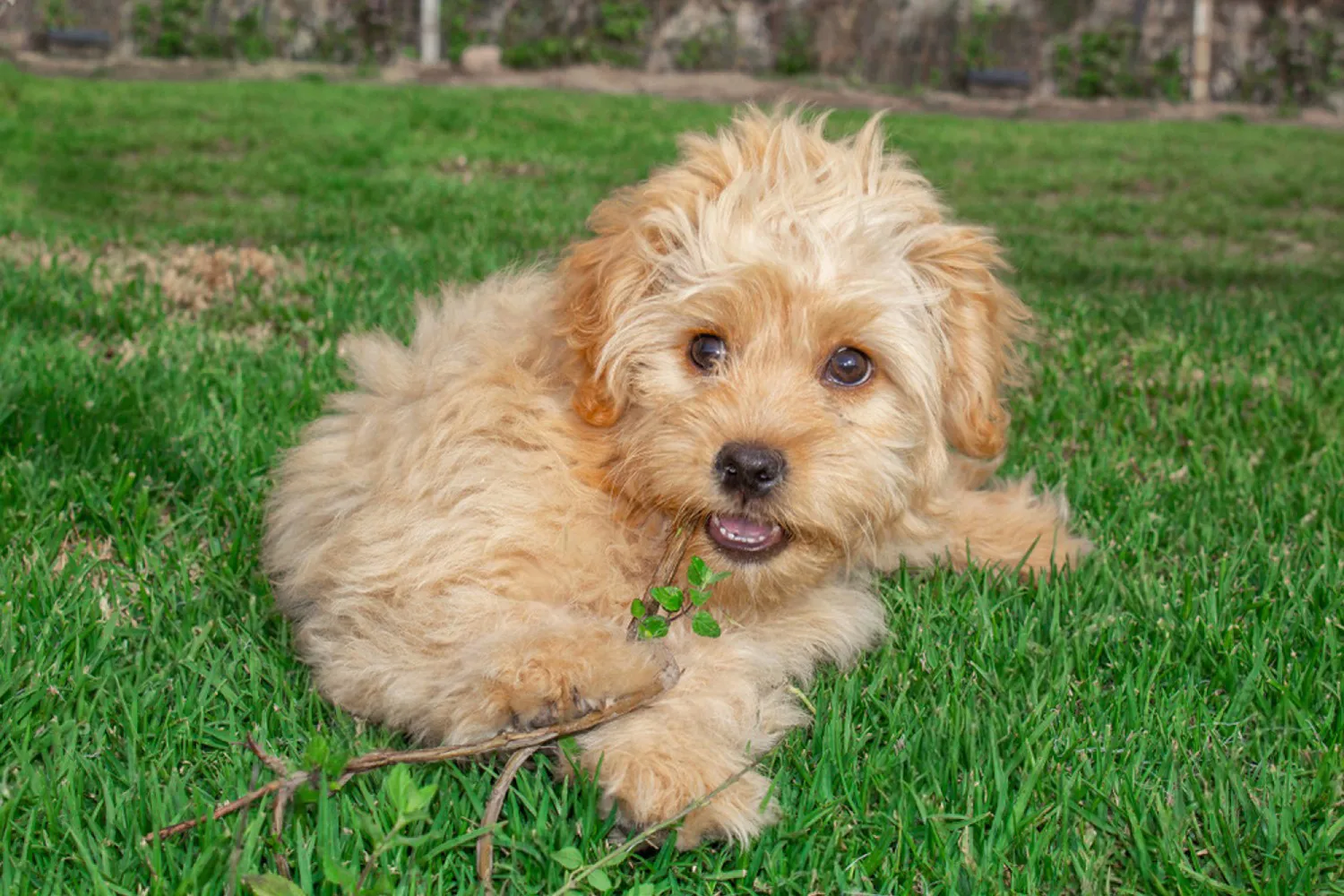
Do Mini Goldendoodles Bark a Lot?
Short answer: they can be pretty chatty. Mini Goldendoodles are bright, social dogs, and that combo can mean a surprising amount of commentary throughout the day. Because of this, they’re not the easiest fit for apartment living, especially if you’ve got thin walls or a busy hallway. They’ll often bark when they’re excited, bored, startled, or when they hear or see something unusual think doorbells, delivery trucks, squirrels, or the neighbor’s laughter drifting in from the corridor.
The good news is you can dial it down with training and socialization. I like to start with a “quiet” cue and reward those moments of calm the instant they happen. Early exposure to everyday sounds helps too; play low volume recordings of doorbells or street noise while you do something relaxing together, and gradually increase the volume over time. Plenty of exercise and mental work snuffle mats, food puzzles, short training games go a long way to prevent boredom barking.
I once dog sat a Mini Goldendoodle who announced every elevator ding like it was breaking news. We closed off the window view, added a white noise machine by the door, and taught a “settle on your mat” routine. The change was night and day. If you do live in close quarters, manage the environment, keep a predictable routine, and practice short, frequent calm sessions. It won’t make them silent, but it can turn that chorus into a manageable hum.
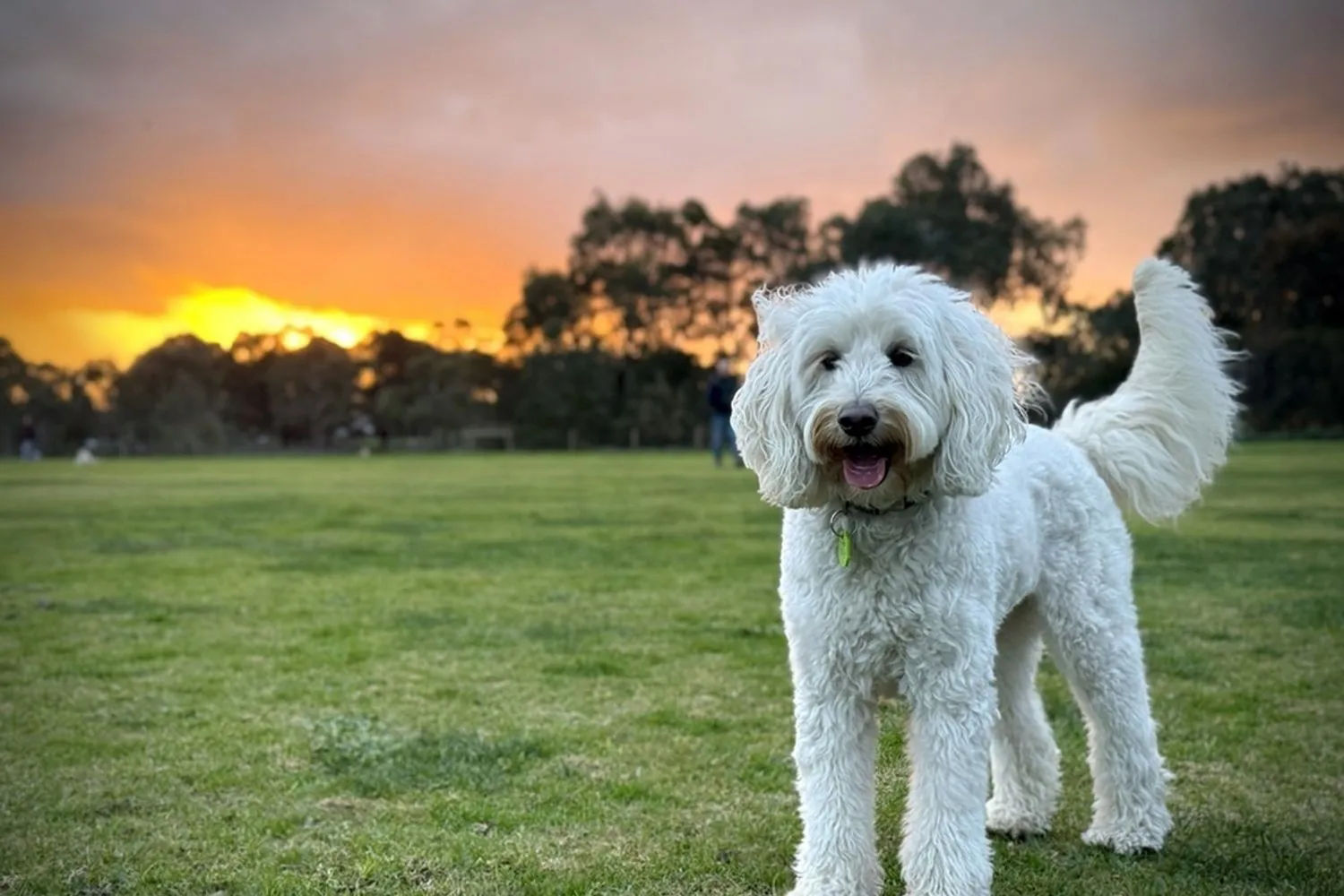
Average Weight and Height of a Mini Goldendoodle
Miniature Goldendoodles are small but mighty fluffballs, and most adults land comfortably between 33 and 51 cm tall at the shoulder and 7 to 16 kilos in weight. For anyone who prefers imperial, that’s roughly 13 to 20 inches high and about 15 to 35 pounds. Height is measured at the withers (the top of the shoulders), not the head those perky ears can be deceiving!
Within that range, there’s a lot of personality. I’ve met a petite little doodle who topped out around 8 kilos and could curl up on a dinner plate (well, almost), and another sturdy, sporty one at about 15 kilos who kept up on every hike. Genetics play a role some take after the Poodle side a bit more, others lean Golden but most minis stay nicely in that middle ground. Just remember the doodle coat can make them look bigger; I once thought my own pup had gained weight, but it was just a fresh poof from grooming day.
If you’re curious about size at home, do the “book and wall” trick: have your dog stand, place a book flat on their shoulders, mark the wall, then measure. For weight, I hop on the scale holding the dog and subtract my weight works like a charm. Minis often reach near full height by 8-10 months and fill out by 12-18 months. As long as your dog falls in that general range and keeps a visible waist and easy to feel ribs, you’re right on track.
https://en.wikipedia.org/wiki/Goldendoodle
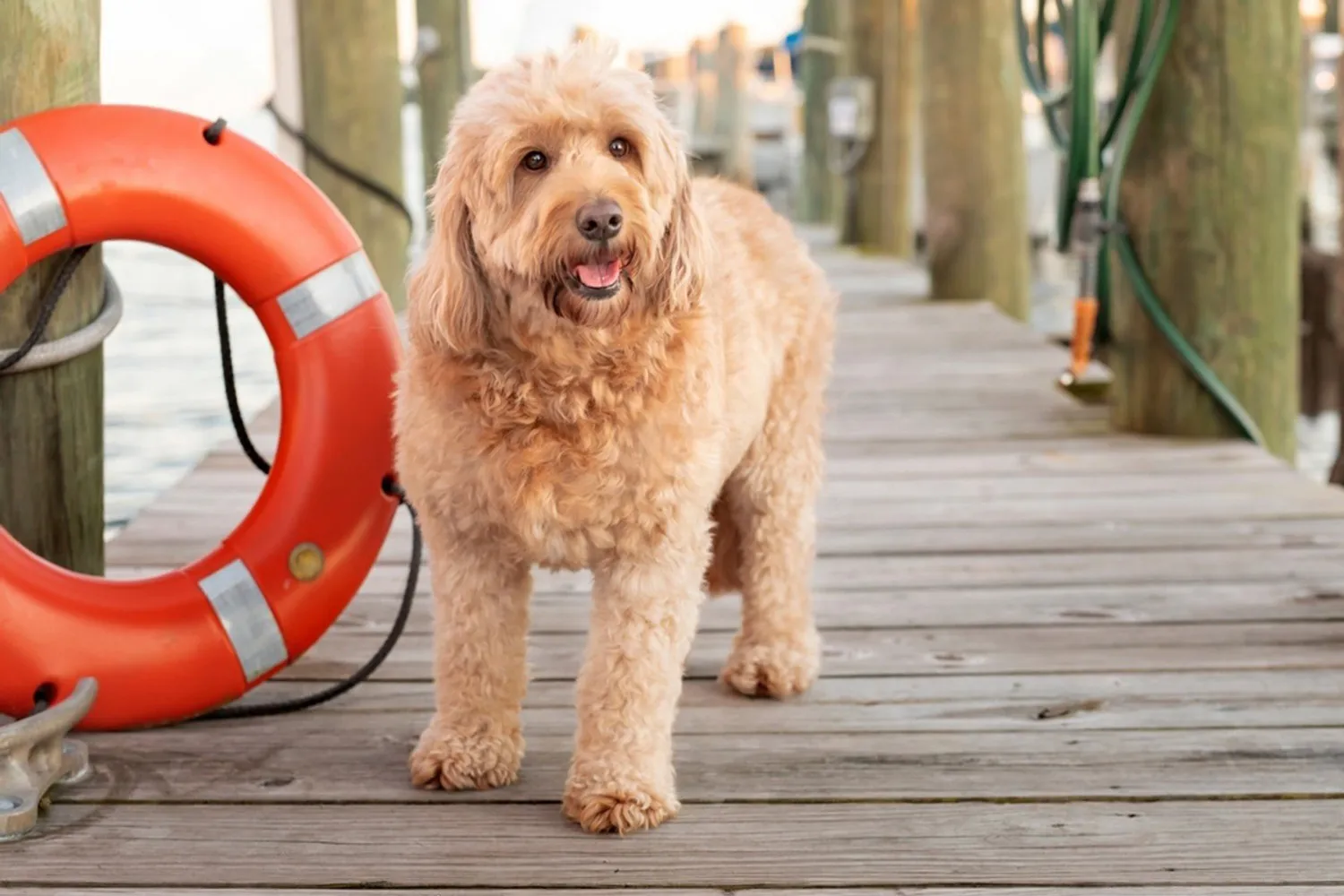
Are Mini Goldendoodles Easy to Train?
Thanks to their parent breeds Miniature Poodles and Golden Retrievers Mini Goldendoodles are usually quick studies and eager to please. That mix of smarts and sweetness means many of them end up being among the easiest dogs to train. When I brought home my friend’s Mini Goldendoodle for a weekend, we taught “sit” and “down” in two short sessions with a few tiny treats and a cheerful voice. They love to figure out what you want, especially when you make it fun.
Start early and keep it simple. Short, upbeat sessions (five to ten minutes) a few times a day work wonders for puppies with busy little brains. Positive reinforcement is your best friend here treats, praise, and play. I like to rotate rewards so they don’t get bored: a soft treat for a new skill, a quick tug game for a perfect recall. Crate training and a solid potty routine help build good habits fast. Consistency is key if the sofa is off-limits on Monday, it’s off-limits on Friday too.
Socialization from the start makes a huge difference. Puppy classes, calm dog meetups, and careful introductions to cats or other pets will help your Mini Goldendoodle grow into a polite companion. I used to bring a pocketful of treats on neighborhood walks and reward calm curiosity around bikes, kids, and loud trash trucks. One more tip: their cleverness can turn into mischief if they’re bored, so mix in puzzle toys, scent games, and simple tricks like “spin” or “touch.” Keep it kind, keep it consistent, and you’ll be amazed how quickly they catch on.
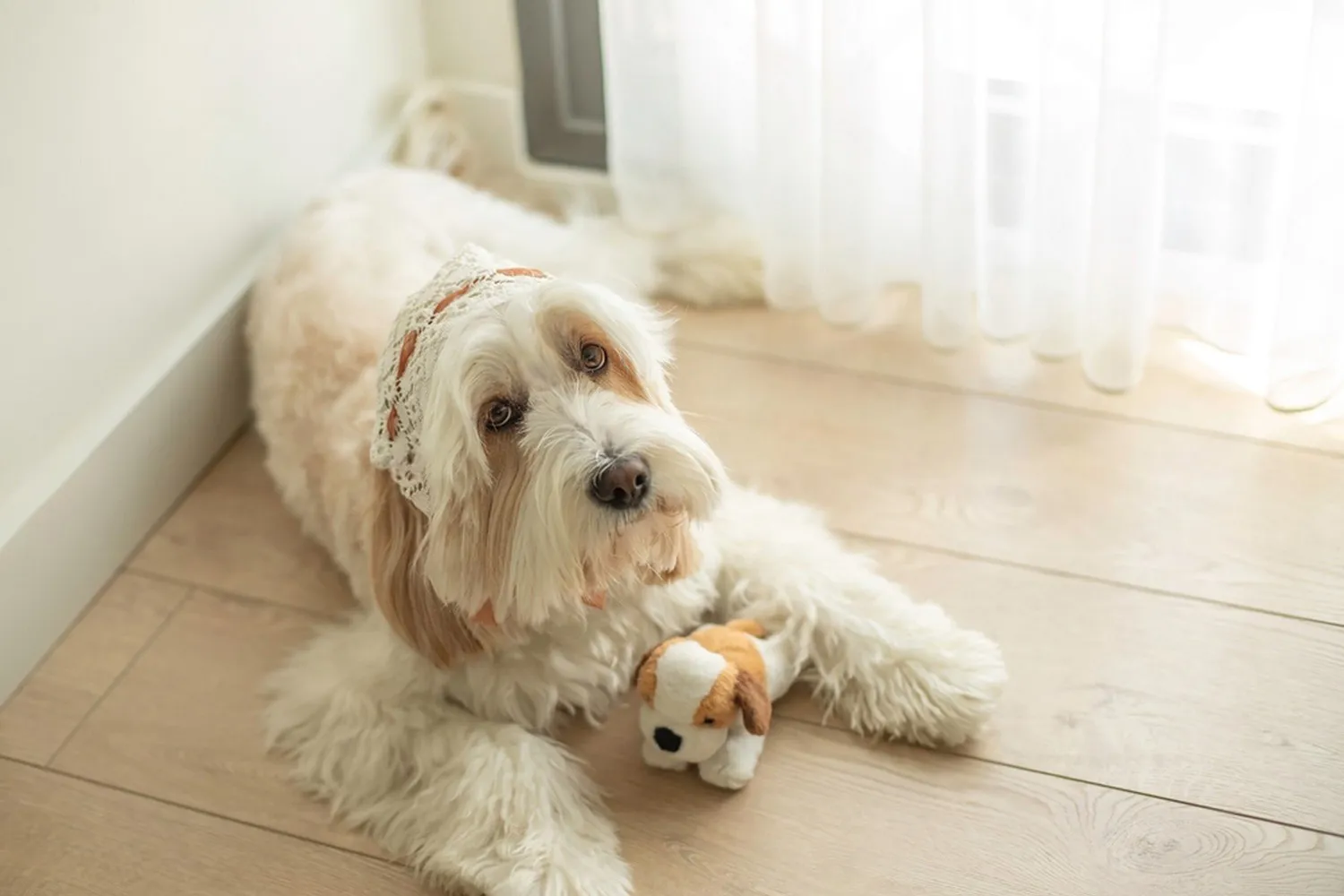
How do Mini Goldendoodles behave? A look at their temperament and personality
Mini Goldendoodles tend to inherit the best of both worlds from their parents. Golden Retrievers are famously sweet and eager to please, and Miniature Poodles bring smarts and a playful, affectionate nature. Put those together and you usually get a dog that’s friendly, people focused, and wonderfully cuddly. The ones I’ve met are social butterflies my neighbor’s Mini Goldendoodle greets the mail carrier like a long lost friend, then happily settles into a lap for movie night. They read the room well too: up for a game of fetch in the yard, but content to snooze at your feet while you work.
Because of this blend of warmth and intelligence, Mini Goldendoodles shine as family dogs. They’re typically gentle with kids and tend to be patient, though I always suggest supervising play with little ones, just like you would with any dog. Their calm, comforting presence is also why so many do well as therapy dogs. I once watched a Mini Goldendoodle at a library reading program lie quietly beside a nervous reader; by the second book, the child was beaming and the dog’s tail was thumping softly. Training tends to be a joy positive reinforcement and short, upbeat sessions go a long way with these eager learners.
A bit of practical advice: give them daily mental and physical exercise think a solid walk, a few short play bursts, and a puzzle toy or two. They’re so people oriented that they can get clingy, so practice short alone times early to build confidence. Temperament can vary, so if you’re getting a puppy, meet the parents or ask about their personalities; when I spoke with a small breeder in Oregon, she said her most easygoing pups consistently came from her calmest, most social dam.
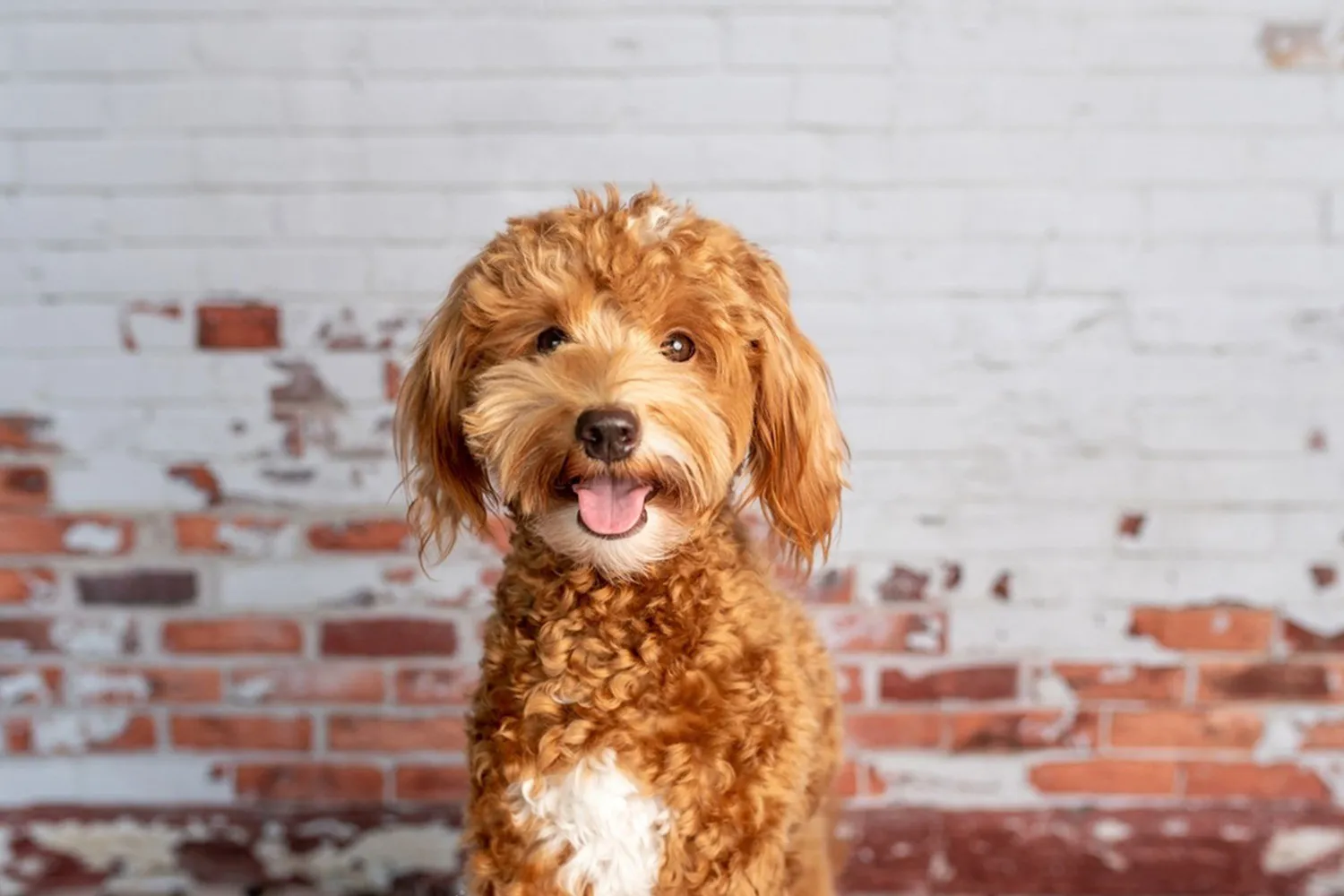
Do Mini Goldendoodles Have Common Health Issues?
Like any breed, Mini Goldendoodles have a few health quirks that pop up more often than others. The good news is that most are manageable when you know what to watch for and you’ve got a solid routine with your vet. Here’s what I’ve learned over the years, both from my own doodle antics and from friends who share their stories at the dog park.
Patellar luxation is a big one in smaller dogs. That’s when the kneecap slips out of place and causes a funny little hop or skip in their step. My friend’s Mini Goldendoodle, Pip, would sometimes hold one back leg up for a few strides, then be totally normal again. If you notice that, mention it to your vet. Mild cases can be managed with weight control, nail trims, and muscle strengthening walks on soft ground. More serious cases sometimes need surgery, and the results can be excellent. Keeping floors non slip at home can make a surprising difference too throw rugs and yoga mats are my secret weapon.
Von Willebrand’s disease (vWd) is a clotting disorder caused by a lack of a specific protein in the blood. Dogs with vWd may bruise easily or bleed longer than normal from minor cuts, and it’s something your vet will want to know about before any procedure, even a routine dental cleaning. Responsible breeders screen their dogs for vWd, so don’t be shy about asking for test results. I always make sure my vet has my dog’s history on file so they can plan ahead if we ever need anesthesia.
Hypothyroidism happens when the thyroid doesn’t produce enough hormones. That can slow the metabolism and lead to weight gain, low energy, and sometimes dry skin or thinning hair. One of my seniors turned into a couch potato seemingly overnight and put on a few pounds despite the same meals and walks. Blood tests confirmed hypothyroidism, and with daily medication he perked right up. If your doodle packs on pounds without a clear reason, it’s worth checking.
Progressive retinal atrophy (PRA) is an inherited eye condition that causes the retina to degenerate over time, eventually leading to blindness. It usually starts with night vision changes bumping into things in dim light or hesitating on stairs after dusk. There’s no cure, so the best defense is prevention through breeding: reputable breeders test their dogs and do not breed affected lines. If a dog does develop PRA, they can still thrive. My neighbor’s doodle memorized the layout of their house and navigates by scent and sound like a pro. Keeping furniture in the same place and adding night lights helps more than you’d think.
Gastric dilatation volvulus (bloat) is serious and can be life threatening. It starts with the stomach filling with gas and can progress to a dangerous twist that blocks blood flow. Eating large meals and then guzzling water or romping around right after can raise the risk, so smaller meals spaced through the day and calm time before and after eating are smart habits. Learn the emergency signs: a distended belly, unproductive retching, drooling, restlessness, and obvious discomfort. If you see these, head to the vet immediately. I keep my emergency clinic’s number saved in my phone because minutes matter with bloat.
As Mini Goldendoodles get older, bone and joint problems like arthritis can creep in. You might notice stiffness after naps, a slower pace on walks, or reluctance to jump into the car. Keeping them lean is the single best gift you can give their joints. Low impact exercise like controlled leash walks or swimming is great, and your vet may recommend supplements such as omega-3s or joint support formulas. Around the house, ramps for the car and couch, a supportive bed, and those trusty non slip runners can make daily life more comfortable.
Allergies are common in dogs of all kinds and can show up as itchy skin, ear issues, paw licking, or even some breathing trouble. The detective work can take time sometimes it’s a food ingredient, other times it’s pollen, dust mites, or even a particular cleaner. I wipe paws after walks during high pollen months and use a gentle, vet recommended shampoo when needed. If flare ups are frequent, talk to your vet about an elimination diet or allergy testing. Addressing fleas promptly is also crucial, as flea allergies can cause intense itching from even a single bite.
Those adorable floppy ears can be a magnet for ear infections because warmth and moisture get trapped. I make ear checks part of our weekly routine just a quick look and a sniff. Redness, a yeasty smell, head shaking, or scratching are clues something’s brewing. After baths or swims, I dry the ears and use a vet approved ear cleaner as directed. If your doodle is a water bug, ask your vet or groomer about keeping ear hair tidy to improve airflow.
A few big picture tips have served me well. Choose breeders who health test their dogs and are happy to share results. Schedule regular wellness exams so you catch small issues before they become big ones. Keep a simple health log on your phone weight, medications, any odd symptoms so you can spot trends. And don’t underestimate the power of good routines: balanced meals, consistent exercise, mental enrichment, and plenty of rest.
Mini Goldendoodles may have a handful of common health concerns, but with awareness, a good vet partnership, and a bit of everyday care, they can live happy, active, wonderfully goofy lives. I always say: know the signs, make a plan, and then go enjoy the walk.
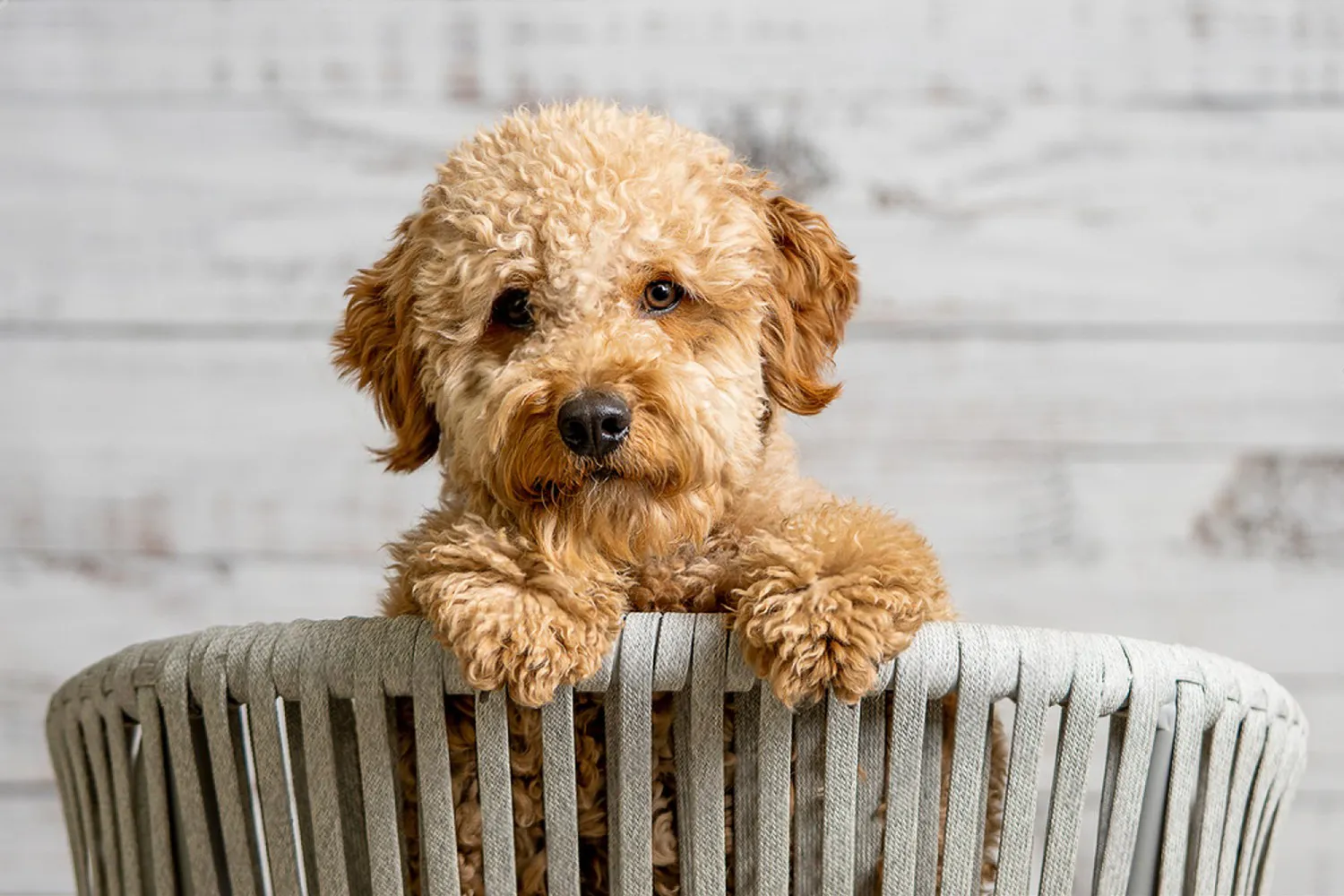
How Long Do Mini Goldendoodles Live?
Most Mini Goldendoodles live about 12 to 16 years, which is a lovely long stretch of time for adventures and couch snuggles. My neighbor’s little doodle, Daisy, is 14 and still insists on carrying her toy to every visitor like it’s her job.
If you want to help your pup reach the higher end of that range, think simple and consistent. Daily exercise keeps their body and mind happy two brisk walks, a game of fetch, and a few minutes of training or puzzle toys go a long way. I like to do “sniff walks” on slower days; letting them explore with their nose tires them out more than you’d think. Feed a balanced diet, measure portions (those pleading eyes are persuasive!), and keep treats to about 10% of daily calories. I learned the hard way that “just a few” table scraps can turn into stubborn extra pounds.
Regular vet checkups are your safety net yearly when they’re younger, and more often as they become seniors. Ask about dental care (brushing at home truly helps), parasite prevention, and baseline bloodwork around middle age. For these poodle mix coats, routine grooming and dry ears after swimming can prevent mats and infections. Keep an eye out for early changes stiffness, bad breath, drinking more water and address them quickly. With steady care and lots of love, a Mini Goldendoodle can happily be your shadow for many years.
How Much Should a Mini Goldendoodle Eat?
When I brought my Mini Goldendoodle home, I quickly learned that feeding isn’t a one size fits all situation. Age, activity level, and even growth spurts can change their appetite. A quick chat with your breeder and regular check-ins with your vet are the best ways to build a plan that keeps your pup growing steadily. I like to keep a measuring cup right in the kibble bin so I’m not eyeballing portions, and I stick with high-quality dog food that lists real meat as the first ingredient.
For tiny tummies, small frequent meals are the way to go. Between 8 and 12 weeks, aim for about half a cup per day total, split into three to four meals. I used to set alarms for breakfast, lunch, a small afternoon nibble, and dinner it kept my puppy happy and prevented any “hangry zoomies.”
From 4 to 5 months, most Mini Goldendoodle puppies do well on two thirds to a full cup per day, divided into three meals. Expect a few growth spurts; if your pup suddenly seems ravenous, check with your vet before bumping portions. Between 6 and 12 months, transition to two meals, totaling about one to one and a half cups per day. This is also when training treats start adding up, so I count them as part of the daily intake. My trick: swap a few treat rewards for bits of their regular kibble during practice sessions.
Once your Mini Goldendoodle is over 12 months, you’ll likely land around one and a half to two and a half cups of quality dog food per day, split into two meals. The exact amount depends on your dog’s activity level and metabolism. My friend’s doodle who hikes every weekend eats more than my couch cuddler. Use the body condition check: you should feel ribs under a light layer of padding, see a defined waist from above, and notice a slight tummy tuck from the side. If the bowl’s always licked spotless but your pup is gaining, hold steady; if energy dips and ribs show, talk to your vet about a small increase.
A few pro tips I’ve learned the hard way: make food changes gradually over about a week to avoid tummy troubles, keep fresh water available at all times, and try a slow feeder bowl if your doodle inhales dinner. And remember consistency wins. A regular schedule and measured portions will keep your Mini Goldendoodle thriving.
Mini Goldendoodle FAQs
Is a Mini Goldendoodle ideal for a first time dog owner?
Absolutely. Mini Goldendoodles are cheerful, people focused, and eager to please, which makes training feel like a team sport instead of a tug of war. Their smaller size also helps when you’re learning leash manners, it’s a lot less intimidating to guide a 20-35 pound dog than a powerhouse. I always suggest new owners start with simple, positive routines: a short daily training session with treats, a comfy harness for walks, and a puppy class for socialization. My neighbor’s first dog was a Mini Goldendoodle named Waffles, and within a few weeks of clicker training, he was sitting politely at crosswalks like a pro. If you’re new to dogs, this is one of those breeds that makes you feel like you’ve got this.
The only real “gotcha” is grooming. That lovable, fluffy coat needs regular care. Experienced owners sometimes get ahead of mats more easily, but even if you’re brand-new, a good groomer is your secret weapon. At home, a few minutes every couple of days with a slicker brush and a comb (especially behind the ears, under the collar, and around the legs) goes a long way. I keep a little jar of high value treats next to the brush suddenly, grooming becomes spa time.
Do Mini Goldendoodles suffer from separation anxiety?
They can, just like many companion breeds that bond closely with their people. The best plan is to set them up for success from the start. Practice short, calm departures and returns, give them a safe space like a crate or cozy pen, and make “alone time” predictably positive with puzzle toys or a frozen Kong. A brisk walk or play session before you head out helps burn off those wiggles. I learned to put on a podcast for background noise and to skip the dramatic goodbyes just a casual “see you soon” and out the door. If you’re worried, a pet cam can be surprisingly reassuring.
Are Mini Goldendoodles hypoallergenic dogs?
No dog is completely hypoallergenic, but Mini Goldendoodles are one of the better choices for allergy sensitive households. Thanks to their Poodle heritage, many shed very little, which often means fewer sniffles. Consistent grooming helps keep dander in check regular brushing and routine baths reduce loose hair and what ends up on your sofa and clothes. I throw washable blankets over favorite nap spots and run an air purifier near the living room; small habits like that can make a noticeable difference.
Will a Mini Goldendoodle need professional grooming?
Professional grooming is definitely recommended. If you keep the coat short, plan on a visit every eight to ten weeks. If you love a fluffier, longer look, aim for every six to eight weeks to prevent mats. In between, a quick face, feet, and sanitary tidy at home keeps things fresh. When mine was a puppy, I made “grooming preview” sessions part of our routine gentle brushing, a low speed blow dryer on the floor, treats for touching paws and ears so the groomer’s salon felt familiar instead of scary. Don’t be shy about asking your groomer for a practical cut like a “teddy” or “puppy” trim; it keeps maintenance reasonable while still delivering that adorable doodle look.
Disclaimer:
This article is for informational purposes only and doesn’t replace professional veterinary or training advice. Always consult a certified vet or dog trainer for guidance specific to your pup.

